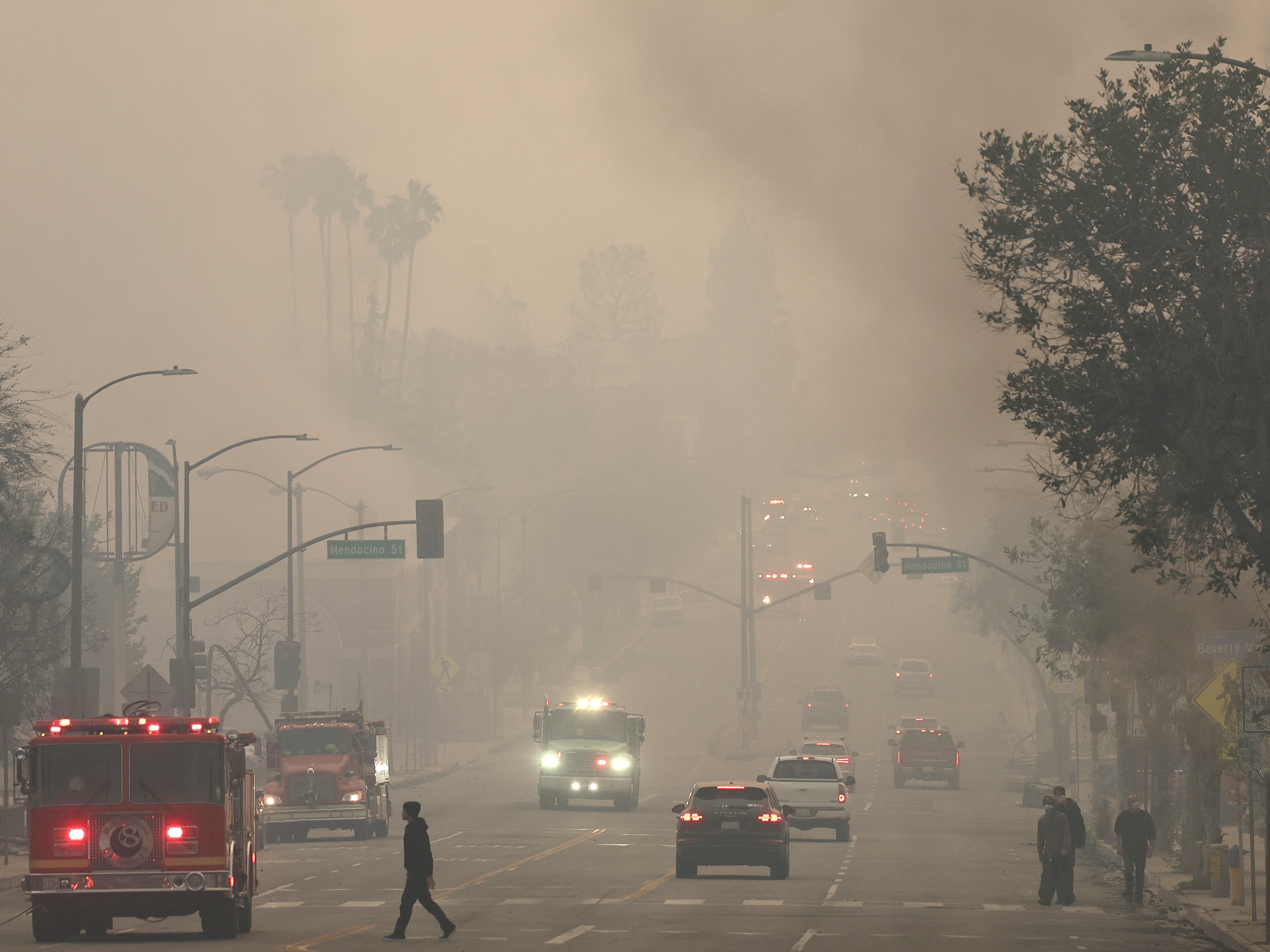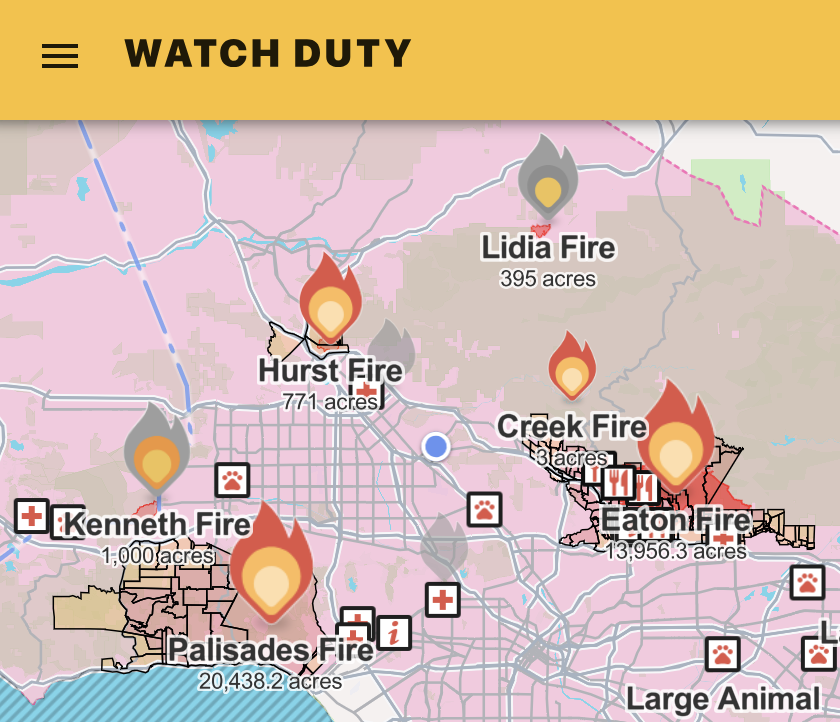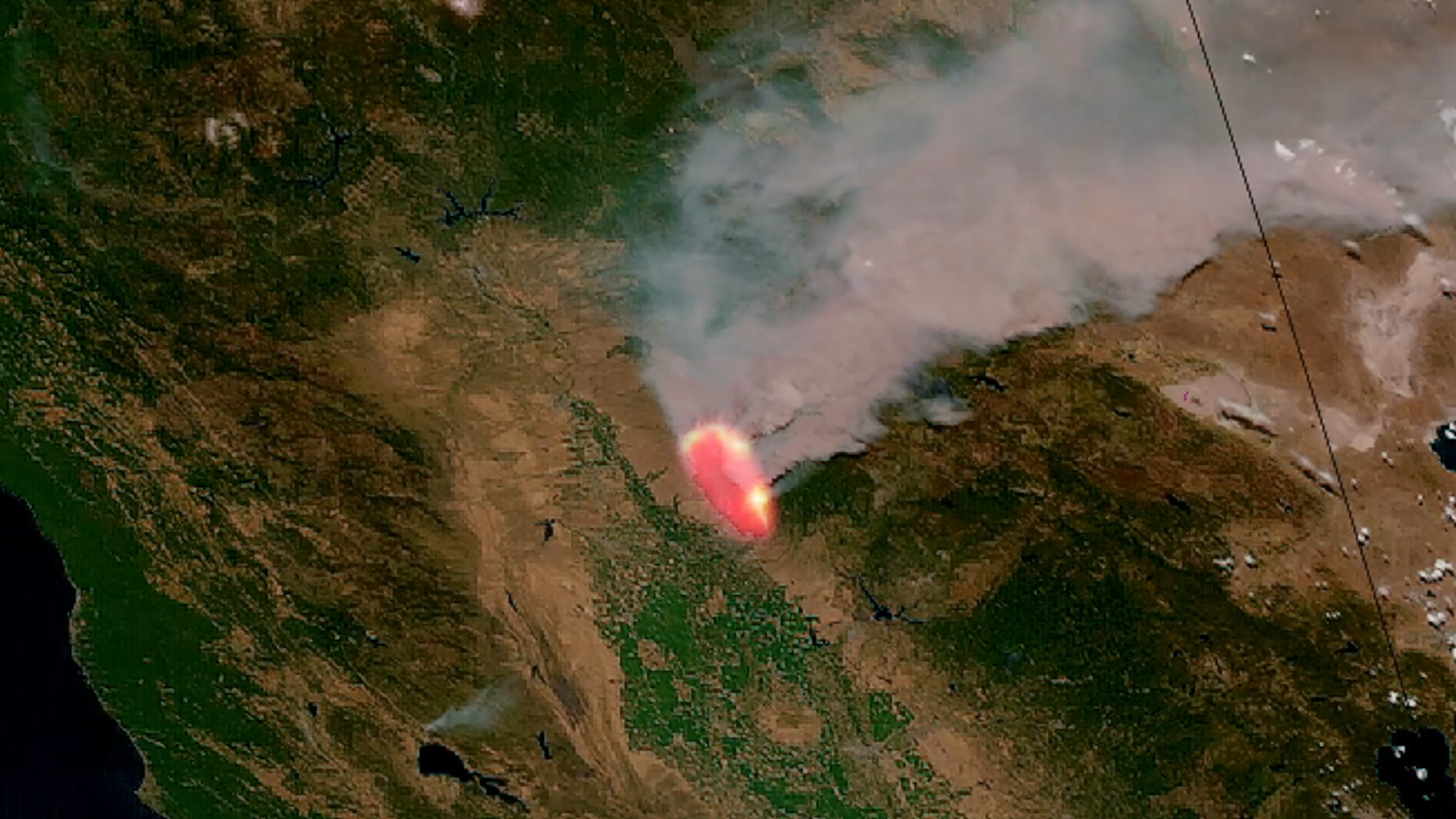Air Pollution Impacts On Athletic Performance
Introduction
The 2025 LA Wildfire was a turning point in how we think about air quality.
As smoke pushed LA’s air quality index to hazardous levels and communities faced urgent health risks, it became clear that traditional monitoring methods weren’t enough. Pollution varied block by block, and only real-time hyperlocal data gave residents and first responders the information they needed to stay safe. This experience highlighted why continuous and precise air quality monitoring is an every day essential, not just during emergencies. In this blog, we’ll explore what the LA Wildfire taught us about
- The Hidden Dangers of Air Pollution & Wildfires
- Precision & Real-Time Data Monitoring, and
- The Importance of Continuous Monitoring
Key Takeaways
- Wildfire ash and toxic dust create unique, long-lasting pollution risks in urban environments.
- Localized, real-time air quality data is essential for informed decision-making and public safety.
- Both immediate and long-term health, environmental, and economic impacts are significant, especially for vulnerable populations.
- Proactive measures—like staying informed, using HEPA air purifiers, and wearing protective masks—are key to safeguarding health.
- Air pollution and wildfire risk are now major factors shaping real estate trends and where people choose to live.
The Hidden Dangers of Air Pollution & Wildfires
The aftermath of the LA Wildfire 2025 revealed that air pollution risks don’t end when the flames are extinguished.
Toxic ash and dust—containing hazardous metals and compounds such as asbestos and polyaromatic hydrocarbons—were found at elevated levels in neighborhoods downwind from the fire zone. These pollutants can linger on surfaces and become airborne again during cleanup thus posing ongoing health risks and a surge in respiratory issues.
Urban wildfires burn through homes, vehicles, and manufactured goods, releasing a complex mix of contaminants that include microplastics and PFAS. Air quality index (AQI) readings in Los Angeles soared above 500, and pollution levels varied dramatically from block to block.
This stark event demonstrates why localized, real-time air quality monitoring is essential: only with precise neighborhood-level data, can communities and emergency responders detect hazardous “hot spots” and make informed decisions in protecting public health during and after wildfire events.
“Increase in PM2.5 particle concentration led to a 2.1% higher probability of a player making an erroneous move, and when errors did occur, their severity increased by 17.3%.”
Consistent Training Conditions
Fluctuating outdoor air quality can disrupt this consistency, leading to variable outcomes and increased health risks.
Technologies and strategies that monitor and improve air quality, such as real-time AQI tracking and targeted outdoor air purification systems, help provide athletes with more predictable and stable training environments.
Minimizing exposure to pollution solutions can support consistent training routines by allowing athletes to focus on performance rather than constantly adapting to changing environmental risks.
Retain Top Talent by Supporting Peak Performance
When organizations invest in air quality solutions, they not only protect their athletes but also create an environment where talent can thrive and stay loyal.
Teams that prioritize healthy air are more likely to retain their top performers, reduce downtime due to illness, and maintain a competitive edge season after season.
Athletes perform at their best when their environment supports their health and well-being.
Cleaner air leads to better endurance, faster recovery, sharper focus, and a lower risk of illness or injury—all factors that directly contribute to consistent, elite-level performance.
The Importance of Continuous Monitoring for a Resilient Future
The aftermath of the LA Wildfire 2025 made it clear that the effects of urban air pollution extend far beyond an immediate crisis. Toxic ash, elevated particulate matter, and hazardous chemicals linger in the environment for months or even years.
Studies from major institutions like Harvard and UCLA now track long-term health risks including chronic respiratory disease and cardiovascular issues are linked to wildfire exposure. Additionally, the economic toll from property damage, healthcare costs, and lost productivity has surpassed $60 billion.
Persistent air quality challenges underscore the urgent need for continuous, real-time monitoring—not only to protect public health but also to reduce the growing financial burden on healthcare systems. In the U.S. alone, air pollution-related health impacts are estimated to cost over $60 billion annually. By identifying pollution spikes and hazardous hot spots at the neighborhood level, real-time monitoring empowers communities to act quickly, protect vulnerable groups, and help curb escalating healthcare costs through early intervention and prevention.
Conclusion
Adapting to the New Normal
As climate change accelerates the frequency and severity of wildfires, urban air pollution from wildfires is no longer a rare event—it’s the new normal for cities like Los Angeles. Preparing for this reality means prioritizing localized, real-time air quality monitoring, investing in protective technologies, and embracing a culture of resilience that empowers individuals and communities to respond quickly and effectively when air quality deteriorates.
Work cited
- California Government. (2025). 2025 Los Angeles fires: Official updates, disaster relief, air quality, and recovery progress. https://www.ca.gov
- California Government. (2025). Track LA’s progress. https://www.ca.gov
- Los Angeles Economic Development Corporation. (2025). 2025 LA wildfires and comparative study: Economic impact and recovery efforts. https://laedc.org
- U.S. Geological Survey. (2025). Greater Los Angeles wildfires, January 2025: Acreage burned, structures destroyed, and scientific assessment. https://usgs.gov
- Wikipedia contributors. (2025, January). January 2025 Southern California wildfires. Wikipedia. https://en.wikipedia.org/wiki/January_2025_Southern_California_wildfires
- FOX 5 News. (2025, January 10). California fires latest: Evacuations, fatalities, and economic estimates. https://fox5dc.com
- Los Angeles Department of Building and Safety. (2025). 2025 Los Angeles wildfires information: Rebuilding and community support resources. https://ladbs.org
- U.S. Environmental Protection Agency. (2025). 2025 Southern California wildfires: Federal response, environmental monitoring, and cleanup. https://epa.gov



